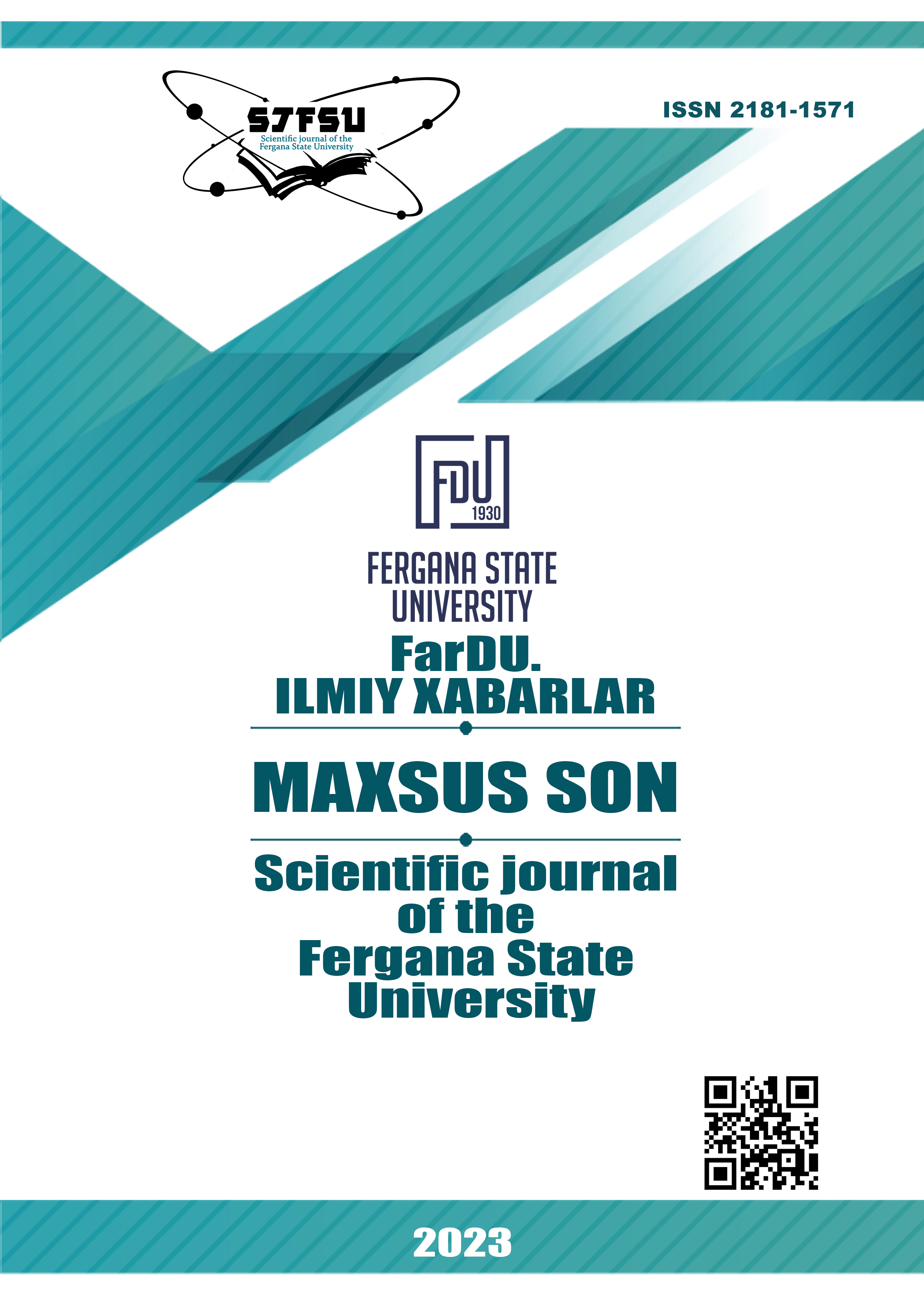STUDY OF PHRASEOLOGICAL UNITS
Keywords:
national-cultural history, national culture, semantics, lexical meaning, phraseological units, expressive feature, phraseological point.Abstract
The most important task of phraseology is to differentiate and distinguish phraseological units from phrases formed in speech (i.e., not ready in advance), and on this basis to determine the characteristics of phraseological units. Depending on the specific differences between idioms and phraseological units, phraseological combinations and set sentences(proverbs and proverbs, other phraseological units equivalent to sentences), many researchers understand phraseology in two directions: narrow and broad. In a broad sense, the framework of phraseology also includes proverbs and sayings, set sentences characteristic of folklore, and some forms of communication (greetings, farewell sentences). But this question, that is, the question of understanding phraseology in a broad sense, still remains controversial. The main tasks or issues of phraseology: determine the consistency of phraseological content and, in connection with this, study the sign(s) of phraseology; description of homonymy, synonymy, antonymy, polysemy and variations of phraseology; identify the specific features of words used in phraseology and their specific meanings; clarification of the relationship between phraseology and groups of words; clarify their syntactic role; studying the formation of new meanings of words as part of phraseological units, etc. Phraseology develops principles for dividing phraseological units, methods for their study, classification and description in dictionaries. Based on specific, diverse methods developed in
phraseology, the phraseological structure of a language is classified according to various: structural-semantic, grammatical, functional and methodological grounds.
References
Sh.Rahmatullaev. O‘zbek frazeologiyasining ba’zi masalalari, Toshkent, 1966, 9-58-b.
Sh.Rahmatullaev. Nutqimiz ko‘rki, Toshkent, 1970, 5-43-b.
A.Mamatov. Frazeologizmlarning shakllanish asoslari, Toshkent, 1996, 5-48-b. 4.Yusufjonova Shakhlo Mukhtorovna. Tarjimada frazeologik iboralarning milliy xususiyati va ularning badiiy asarlardagi tasviriy ifodasi. Current Approaches and new Research and new Research in Modern sciences, 2(2), 112–116. (2023)
Yusufjonova Shakhlo Mukhtorovna.Фраземаларнинг таржима усулллари ва уларни такомиллаштиришда миллий ва маданий хусусиятларининг ифодаланиш жихатлари. Sciences and Innavation in the Education System.2(2), 168–172. ,(2023).
Шахло Мухторовна Юсуфжонова. Миллий ва маданий хусусиятлар доирасида немис ва ўзбек тилларидаги фразеологик бирликларнинг тавсифланиши. "Science and Education" Scientific Journal. Volume 4 Issue 2. 1714-1715. February 2023 /.
Yusufjonova Shakhlo Mukhtorovna. Development of Translation of Phraseological Units in German and Uzbek Languages. Vital Annex: International Journal of Novel Research in Advanced Sciences.Volume: 02 Issue: 02 / 2023.
Downloads
Published
Issue
Section
License
Copyright (c) 2024 Scientific journal of the Fergana State University

This work is licensed under a Creative Commons Attribution-NonCommercial-NoDerivatives 4.0 International License.

